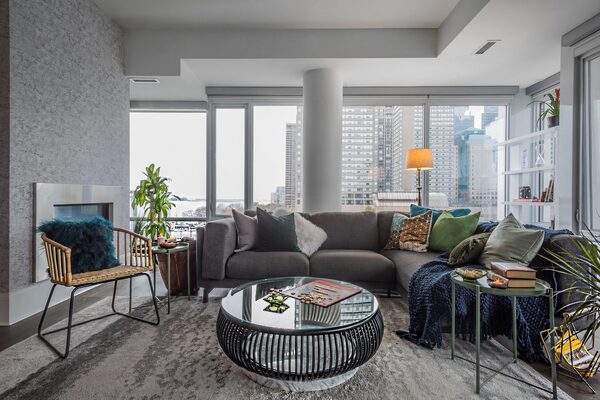
Jasmeet Singh Raina’s downtown Toronto condo, designed by Spaces by JacFlash. (Joel Levy)
The downtown Toronto condo of Jasmeet Singh Raina is a perfect reflection of the comedian’s personality: a straight face belying a punchy, colourful wit. Charcoal and steel greys offset a burst of palm fronds and ferns (the comic, famous on social media under the pseudonym Jus Reign, calls it the “reignforest”). An otherwise adult, industrial vibe is the backdrop for video-game sessions with friends.
Raina’s place was custom designed by a luxury design studio, Toronto’s Spaces by Jacflash. But, unlike many high-end bespoke jobs, the home doesn’t adhere to a predefined style (it’s dotted with some mid-century modern pieces, but it’s not right out of Mad Men), or the aesthetic biases of the designer (it’s hard to define a Jacflash look – all of its projects are different).
“We design spaces according to our client’s unique disposition and lifestyle,” says Jaclyn Genovese, Raina’s designer and the founder of Jacflash. “This way, the chances of them getting tired of any ‘trend’ and wanting to change the design in a few years is far less likely.”
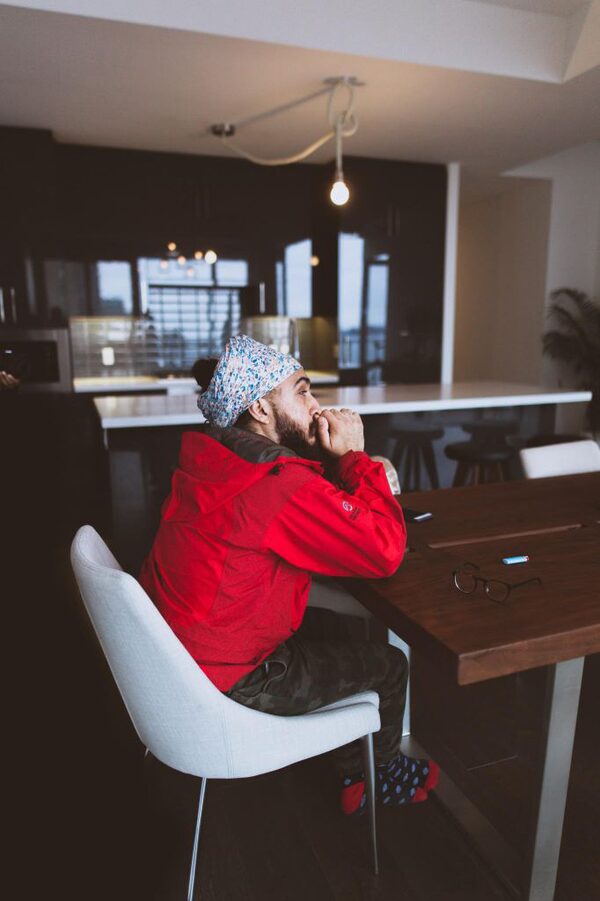
Jasmeet Singh Raina sits at the dining room table of his Toronto condo.Basit Sultani
Genovese’s method is in line with an increasingly popular, successful, even liberating approach in interiors called intuitive design. Recently, Elle Décor praised it as “a new movement … that encourages personality-first home decor.” Popular American health blog Well + Good breaks it down as “the practice of designing your home based on your instincts, personality, and yes, intuition to create the perfect space for you.”
Essentially, all that means is that the homeowners’ ticks matter far more than fickle style, societal norms or what the neighbours have done. Calgary’s Amanda Hamilton recently designed a “listening room,” in honour of her clients love of music; a client of Montreal architect Jean Verville is so introverted that his condo is more focused on serenity and solitude than places to entertain; and another Jacflash client orders food in and sends his laundry out, so a big kitchen and pantry are totally unnecessary.
For a designer, drilling down to the depths of their clients’ souls can be tricky, especially if they aren’t building on a prior acquaintance. At the outset of every project, Hamilton hosts what she calls a “design discovery meeting.” She does it over snacks and drinks and only in the morning, when her clients are fresh. “I don’t want them distracted,” she says, “and research shows that people are more fresh and creative in the mornings.”
Hamilton’s focus has nothing to do with the clients’ physical preferences for the space, though. “I’m asking intimate and personal questions,” she says. “I’m really looking to understand what their day-to-day life looks like. I’m also looking to understand their personality, and what they are interested in – maybe they like race cars or Indian food – to really ensure that we’re aligned.”
That alignment can make or break a project. “One of the most critical traits an interior designer can have is the ability to read people,” says Genovese. “I’m an empath, so one of my greatest strengths is that I am very instinctive and have an innate ability to intuitively feel and perceive people.”
As with Hamilton, Verville starts to get to know his clients “by having a very long talk,” he says. After that, though, he might also “visit not only their house, but maybe go to see their working environment. Then, after, we might visit a museum or art or music show together.”
The in-depth, ongoing conversations continue right through the design process, with Verville treating clients more like creative collaborators than paying customers. “Each of my projects transposes the reality of the client. Each one has a unique personality,” he says. The closer he gets to the homeowner, the more “accurate” he can make the space for their needs.
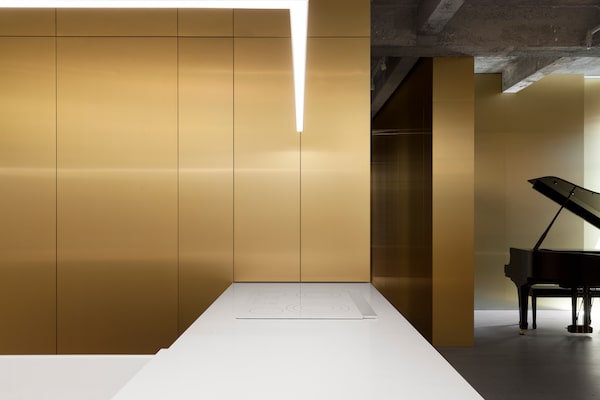
Maxime Brouillet
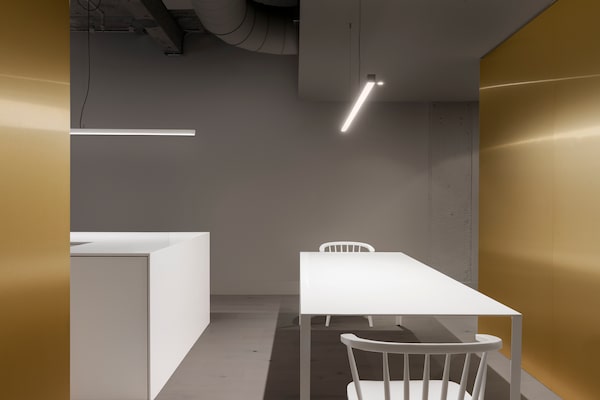
Canadian architect Jean Verville has combined minimalism with theatrics in this dwelling for a musician, which features brass walls, raw concrete beams and an all-white bathroom sheathed in marble.Maxime Brouillet
One of Verveille’s recent clients is a Montreal music composer “who needs calm.” Fittingly, the resulting condo is purpose-built for a hermetic, insular artist. Rather than an expansive dining room for dinner parties, there’s a place for one person to sit and play a grand piano. The eating space can seat a couple of people, max. The starkly minimal, though brassy, walls reinforce the intimate, inward-looking feeling.
To many, the 1,700-square-foot apartment might look more like a gallery installation than a day-to-day home (partly because it is lacking in knickknacks and tchotchkes of any kind). But that’s exactly the point. It’s not for everyone. It’s for the composer.
As with the Verville condo, Genovese is currently working on a place for a client with a highly specific set of needs – a businessman who “wants his condo to essentially look like a showroom,” she says. “He does not even want a toothbrush out. Cooking and laundry are not a priority to him. It’s quite surprising that functionality is not his main concern, but his overall goal is to be able to host clients in his home.”
Not every house is so clean cut. “When designing for a couple or family, rather than an individual, it can get tricky,” says Genovese.
When Hamilton works with couples, she tries to find ways to design for their conflicting habits. Ascertaining if one likes to get up earlier than the other might change a space with a reading area closer to that person’s side of the bed, for example.
Even then, not everyone has consistent, highly particular needs.
Vedran Dzebic is a cognitive neuroscientist who heads research and development for Entro, a way-finding and environmental design firm. He is interested in a people-centric approach to design, and through his PhD research at the University of Waterloo, has conducted studies to see how different types of spaces affect how people feel and behave.
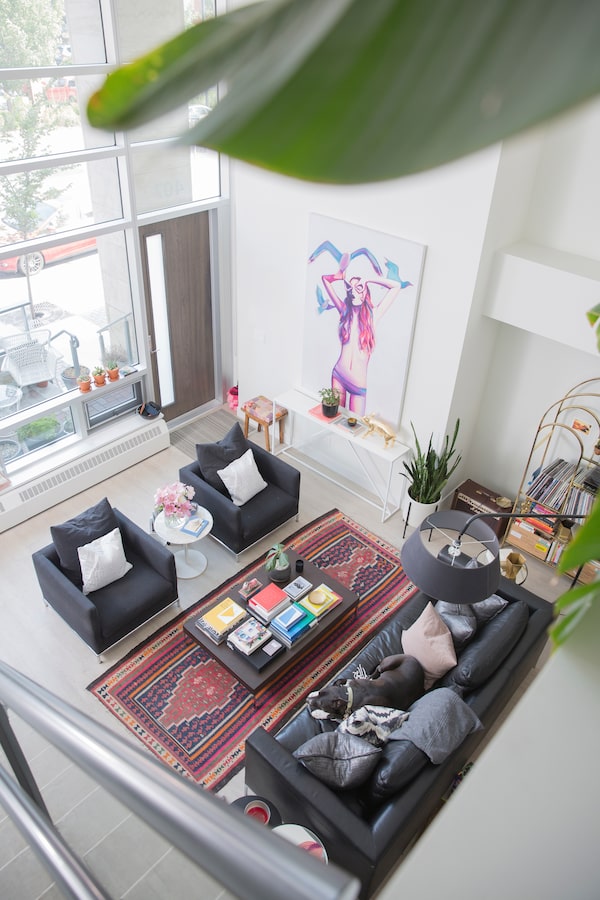
On the floor of Calgary designer Amanda Hamilton’s home, a vibrant, intricately patterned rug has pops of pink and purple.Amanda Hamilton Interior Design
In general, he says, “natural motifs tend to be pleasing and calming,” while “visually complex spaces tend to be the most interesting, engaging and energizing for people.” As in, introverts might like living by a Zen garden while extroverts might prefer a more bustling, colourful space.
The issue, though, is that most people don’t fall so easily into one camp or the other, and prefer to have middle ground. “I enjoy vibrancy,” Dzebic says. “But even for me there’s a point when I need to take a bit of a break, and decrease the amount of stimulation I am receiving. Intricate, visually complex spaces can be energizing, but they can also drain our attentional resources.”
In that sense, having flexibility is smart. “There are no static responses in individuals,” says Dzebic “Despite our personality types, our needs and demands are variable and dynamic.” Which means that designing spaces for balance and versatility might be the most sensible.
Hamilton agrees. When designing her own home, she kept the backdrop fairly neutral. The kitchen and walls are white, much of the furniture is black. But on the floor, a vibrant, intricately patterned rug has pops of pink and purple.
“In my outfits, I don’t wear pattern, and I naturally gravitate toward something classic and sophisticated,” she says. “So some people might find this crazy vibrant rug really strange for me. But ultimately people evolve. And anyway, my home is a different expression of my personality.”
Visit tgam.ca/newsletters to sign up for the Globe Style e-newsletter, your weekly digital guide to the players and trends influencing fashion, design and entertaining, plus shopping tips and inspiration for living well. And follow Globe Style on Instagram @globestyle.